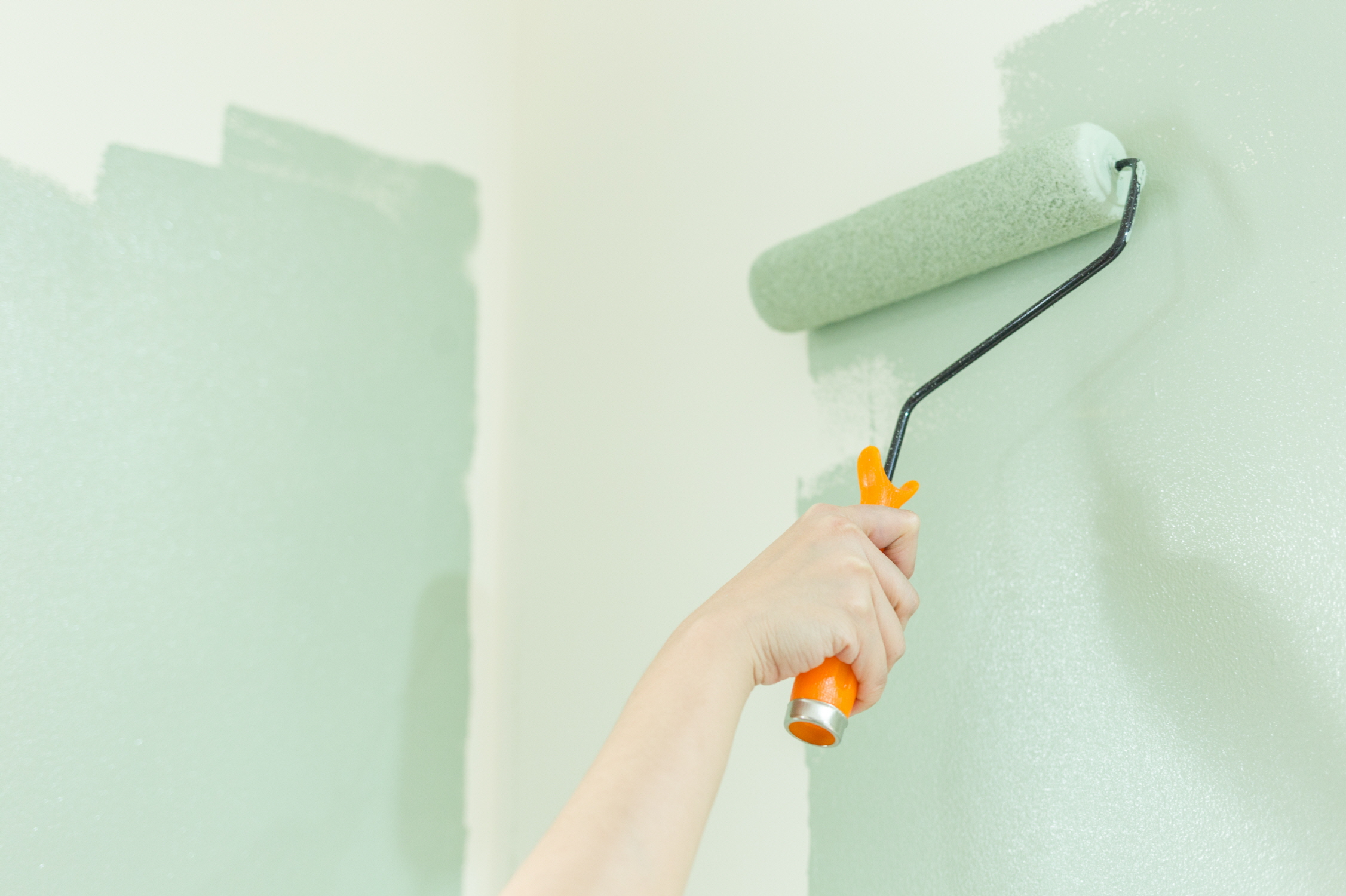
To be a successful landlord, you need to give your tenants what they want.
Think of it this way: You wouldn’t want to be in the surfboard business in the Midwest, but you might in a Southern California beach community.
It’s the same for the landlord business. Buying rental property is only one part of the equation for success. If your property is as appealing as that Midwestern surfboard, it’s not doing you much good.
To be successful, you need to provide a rental product that people want to rent, and to be really successful, they should want to stay in it for as long as possible. Here are 10 things renters can’t resist.
1. Walkability
A great location means different things to different people. But if your rental property has a high Walk Score, a measure of a location’s walkability, it’s a safe bet you’ve got a good location.
There’s a shift in this country toward moving to urban areas, but not necessarily the traditional ones, such as New York City and San Francisco. Renters just want to walk to restaurants, shops, schools, parks, and entertainment, no matter which city they’re in.
A Walk Score between 50 and 100 means some or most amenities are within walking distance, and a score between 0 and 50 means the property is car dependent.
2. A Well-Maintained Place
One of the big advantages to being a renter versus a homeowner is that renters don’t have to worry about maintenance and repairs. That’s the responsibility of the owner or management company. So when you’re showing a place, be sure there are no maintenance issues.
When you’re showing a place, make sure there are no maintenance issues.
And when a tenant moves in, conduct periodic inspections to ensure your rental unit remains in great shape. You or your management company also needs to be responsive when a repair needs to be done.
3. A Place to Park
Renters want off-street parking, and that’s a feature they don’t necessarily get in a building in an urban area. So if you have a single-family home with a garage, play up this feature. If you don’t, any off-street parking, such as a covered area or a driveway, is a great selling feature. In the suburbs, renters are fine with street parking since it’s typically easy to find parking in front of the property.
4. Storage Space/Walk-in Closets
If your rental unit has enormous walk-in closets, you’re sure to impress potential tenants. But if you don’t have this feature, you might want to consider having one built in. A bigger closet in a smaller bedroom is usually a bigger draw than a tiny closet in a spacious bedroom. And any additional storage space is always welcomed.
5. Washer/Dryer
Tenants want a washer/dryer in their rental unit. Although this is an extra amenity that you’re not required to offer, it makes your unit more desirable to renters if you do. Some renters have their own washer/dryer, or don’t mind getting their own, so if you have a laundry room or a place to hook up a washer/dryer, that’s better than nothing.
6. Air Conditioning
By air conditioning, we mean central air, not a window unit. But this amenity varies depending on where your rental property is located. In a hot, humid climate, central air is a must-have feature. Window units are not ideal in humid climates because they tend to sweat, adding even more moisture to the home. And the seal around the windows is not perfect when you have an AC installed in the window, which is not energy-efficient.
7. Flexible Pet Policies
Lots of people have pets, making a pet-friendly place desirable for many renters and a must-have feature for others. Sixty-five percent of people own a pet, according to the National Pet Owners Survey. The most popular pets are overwhelmingly dogs and cats. If you decide to allow pets, here’s some further reading on best practices:
- The Definitive Guide to Renting to Tenants with Pets
- Pet Deposits, Pet Fees and Pet Rent — What’s the Difference?
8. Security and Safety
At the very least, you should reassure renters that you always change the locks between tenants. And, of course, you can’t just say this — you have to actually follow through with it. Besides changing locks, make sure your property has proper outdoor lighting, a wooden dowel for the bottom of sliding glass doors, deadbolt locks, and either provide an alarm system or let your tenant add one if they want to.
9. Outdoor Spaces
Although many renters like amenities, such as a pool with a cabana and a fitness/yoga studio (like many apartment complexes have), what even more renters prefer is outdoor space — a fenced-in yard, patio, deck, or balcony are all desirable to renters. When it comes to outdoor spaces, something is better than nothing.
10. A “Smart” Home
This feature typically won’t be a deciding factor for most renters, but if you have smart features, it’s a bonus, especially for millennial renters who love technology. The Internet of Things (IoT) allows devices to “talk” with each other, which makes it possible for technology to work for us.
Temperature controls that allow homes to heat up before you come home, a place to plug in your electric car, and lights that go on as you enter the room are all examples of what smart devices can offer. Nest is the leading provider of smart thermostats, but there are others for less money.
Which features help rent your place? If you’re a renter, what features are your must-haves? Let us know in the comments!
Credit to Laura Agadoni
Laura Agadoni is a landlord and journalist whose articles appear in various publications such as Trulia, The Houston Chronicle, The Motley Fool, SFGate, Zacks, The Penny Hoarder and azcentral.















